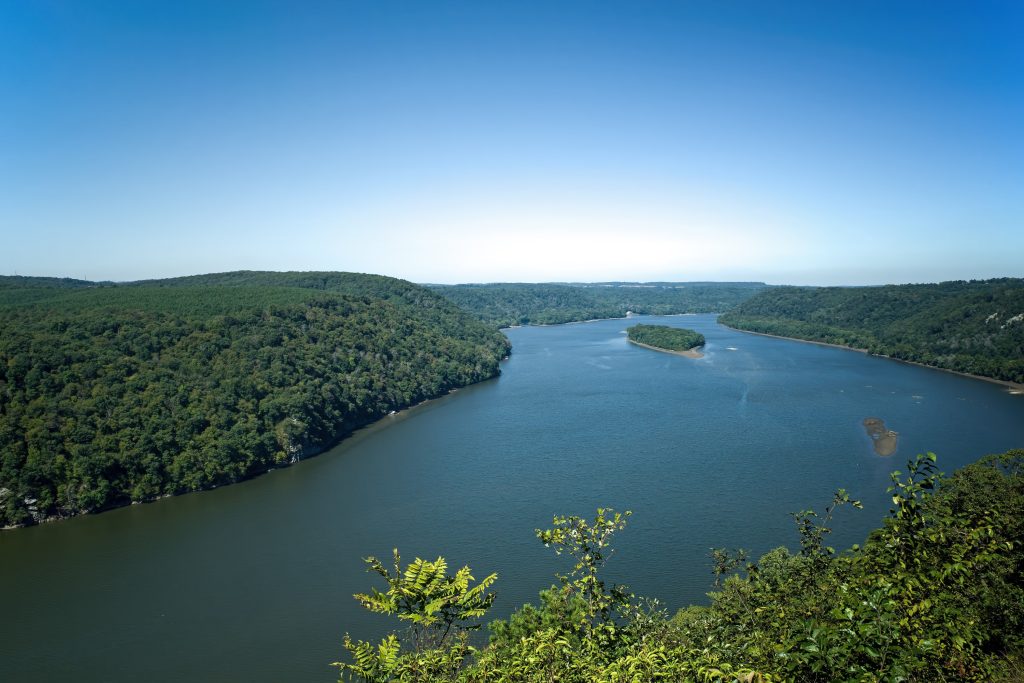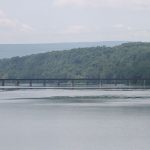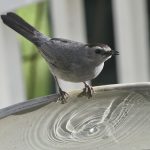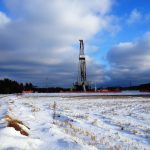The Chesapeake Bay Clean Water Blueprint has deadlines for Pennsylvania, and other states in the watershed, to implement practices to reduce water-pollution levels by 2025. The latest checkup on the Blueprint shows the Keystone State is lagging behind.
At the Chesapeake Bay Foundation, Agricultural Program Manager and Interim Director Bill Chain said they’re disappointed the Keystone State hasn’t made more progress, particularly in reducing farm runoff.
But he added that they’re still hopeful because the Pennsylvania General Assembly has passed legislation and made funding available to speed up conservation implementation on farms.
“We’re particularly pleased with the Agricultural Conservation Assistance Program,” said Chain. “We know that that’s going to help local farmers, in working with their county conservation districts, to implement lots of conservation measures. In the Clean Streams Fund, there were other funding sources put out to help improve Pennsylvania’s rivers and streams.”
Chain added that money from the U.S. Department of Agriculture and other federal dollars are coming to the state for farm conservation practices. But he said more investment is needed to achieve the Clean Water Blueprint by 2025.
Chain explained that conservation means limiting nitrogen, phosphorus and sediment pollution in local waters. This keeps farm topsoil on the fields, not running off into road gullies and local streams.
Controlling manure as fertilizer is another issue. He said more farmers are adopting practices like planting trees along stream banks.
And the Foundation’s “Keystone 10 Million Trees” partnership plants its five millionth tree this month.
“So, this is a great milestone in the Commonwealth’s mammoth goal for forested buffers,” said Chain. “The nation, regional and state/local agencies and conservation organizations are going to join us for a five million tree dedication – and really, pep talk – to get the other five million seeded. Pennsylvania was once 98% trees. Right now, it’s down to about 54%.”
Agriculture in Pennsylvania is the main source of nitrogen pollution entering the bay. And farmers in the Chesapeake Bay watershed have fewer than four years to adopt the practices to meet the goals of the Chesapeake Clean Water Blueprint.
It says about 90% of the remaining pollution reductions need to come from agriculture.




